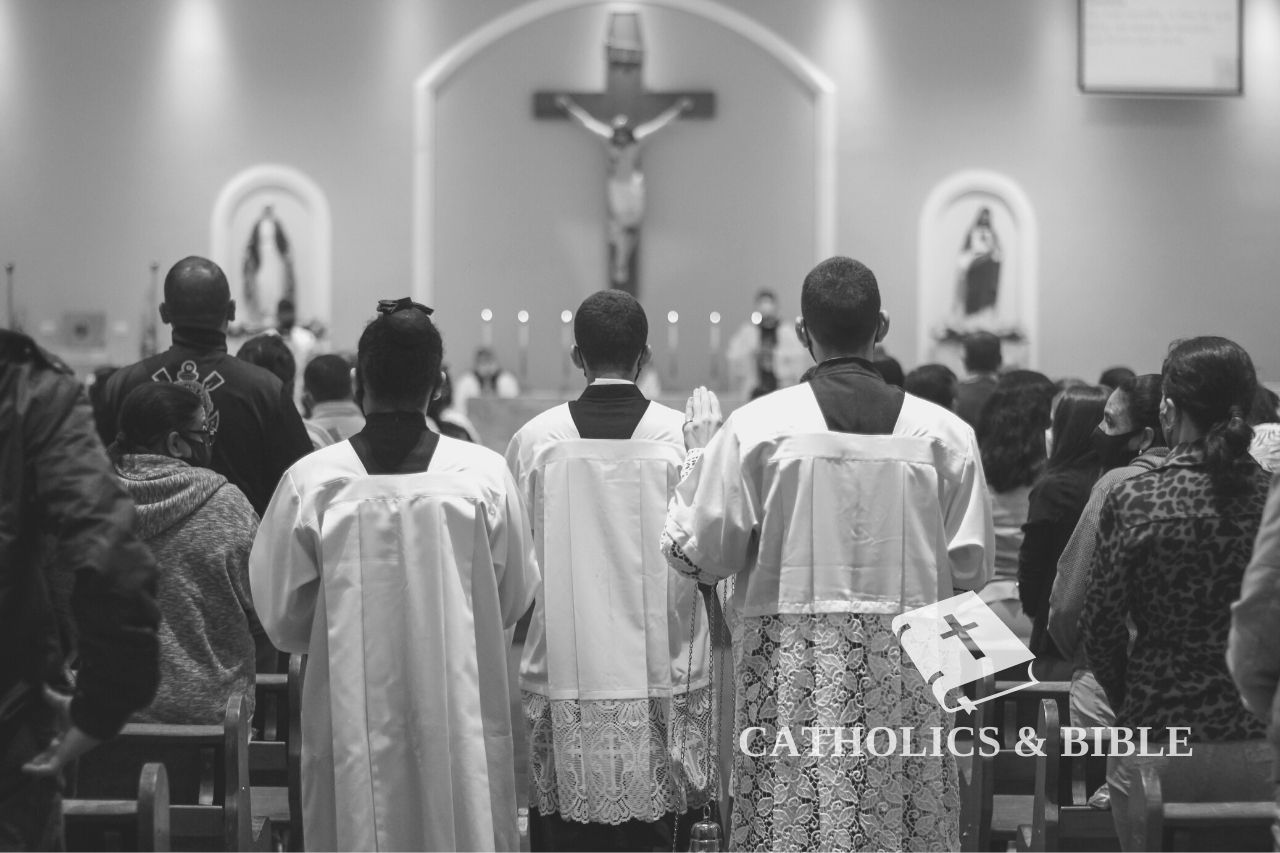Similar to how countries are divided into regions like provinces, districts and counties, Catholic churches are also grouped into various administrative categories.
The lowest category is a parish, which consists of one church. Next is a diocese with several parishes and the highest is an archdiocese with multiple dioceses.
In this post, we discuss the difference between a diocese and archdiocese, who heads each and how these categories came about.
What You'll Learn Today
Diocese vs. Archdiocese: What’s The Difference?

The smallest administrative category in the Catholic church is a parish. This typically consists of one church, though in some cases there may be several chapels attached to one parish.
Several parishes come together to form a diocese. A diocese is an ecclesiastical district headed by a bishop.
Several dioceses join to form an archdiocese. An archdiocese is an ecclesiastical province headed by an archbishop.
So the main difference between a diocese and an archdiocese is that an archdiocese is bigger and comprises of several dioceses.
In some cases, an archdiocese can also refer to just a single diocese instead of a collection of dioceses. This is usually the case for important dioceses located in metropolitan areas.
The bishop presiding over that dioceses then becomes an archbishop.
What’s The Difference Between A Bishop and Archbishop?
The hierarchy of the Catholic church comprises three levels of clergies: deacons, priests and bishops.
Deacons are at the lowest level. The deacon assists the priest and bishop and can preach, baptize, and preside at weddings and funerals.
The next level is a priest, also called a presbyter. The priest is in charge of a parish.
Priests can perform all sacraments except the sacrament of holy orders. Only a bishop can ordain priests and bishops.
Next is a bishop who is in charge of a diocese. A bishop is the highest level of the sacrament of holy orders.
Archbishops are strictly speaking, bishops. Archbishops and bishops have the same biblical standing and authority.
The term archbishop is given to a bishop just to indicate that they have a higher rank, office, or role.
Typically, an archbishop is in charge of a larger administrative area called an archdiocese. A bishop, on the other hand, is in charge of a diocese.
In most cases, archbishops preside over the bishops from various districts and handle various administrative functions.
And because archbishops are themselves bishops, they can carry out all sacraments including ordaining other bishops and priests.
Note that it’s not always the case that archbishops are in charge of an archdiocese. Sometimes, the title is given as an honor to bishops who have done something exemplary or who have a vital role.
In that case, a bishop is promoted to an archbishop even if they don’t have an archdiocese to preside over. If they were in charge of a diocese, the diocese doesn’t automatically become an archdiocese. It remains a diocese.
Who Is A Cardinal?
You may also have heard of cardinals. These are also senior clergies in the Catholic church and are almost always bishops or archbishops.
Cardinals make up the College of Cardinals, and one of their most important roles is selecting a new Pope.
Cardinals are appointed by the pope.
How Do You Become an Archbishop?

Deacons, priests and bishops are all ordained by bishops. But who ordains archbishops?
The answer is that archbishops are not ordained. Remember that an archbishop is not a higher level of authority after bishop.
Archbishops and bishops are on the same level. They are both ordained bishops.
So for a bishop to become an archbishop, there’s no ordination required. There’s no need a member of the clergy like another bishop or the pope to lay hands on them to consecrate them.
Archbishops are usually nominated or elected to their positions. The Pope can also appoint a bishop to become an archbishop.
However, there’s an exception in cases where a priest is appointed to become an archbishop. They are going from the level of a priest to a bishop, and that requires consecration.
So they’ll have to go through the ordination process led by a bishop or archbishop.
Where Did Dioceses Come From?
In Latin and Greek ‘Diocese’ means administration, management or group of provinces.
The idea of breaking up Catholic churches into various administrative areas came from the Roman empire.
The empire was made up of administrative regions called Roman or civil dioceses. A diocese was composed of several provinces.
Each diocese was governed by a praetorian prefect, with the help from a vicarius.
When christianity was legalized in 313 AD within the Roman empire, churches started to organize themselves based on existing civil dioceses.
These church dioceses have survived long after the fall of the Roman empire, though most were divided into smaller dioceses.
Dioceses are not unique to the Catholic Church.
The Eastern Orthodox Church, the Anglican Church, and certain Lutheran denominations also have dioceses and archdioceses that work pretty much the same way as the ones in the Catholic Church.
Notably, most evangelical and protestant churches do not have dioceses and archdioceses. They also do not have bishops and archbishops.
Summary
Clergy and administrative hierarchy in the Catholic church can be confusing because of all the roles and categories involved.
When it comes to the clergy, the most important thing to remember is that there are three levels: deacon, priest and bishop. An archbishop is a bishop.
As for administrative areas, there are also three: parish, diocese and archdiocese.
You already know the church or parish you go to. Try to find out which dioceses your parish is in, and also which archdiocese your diocese is under.
Also find out the names of the bishop and archbishop presiding over your area.
Your priest or another member of the clergy will be more than willing to share this information.